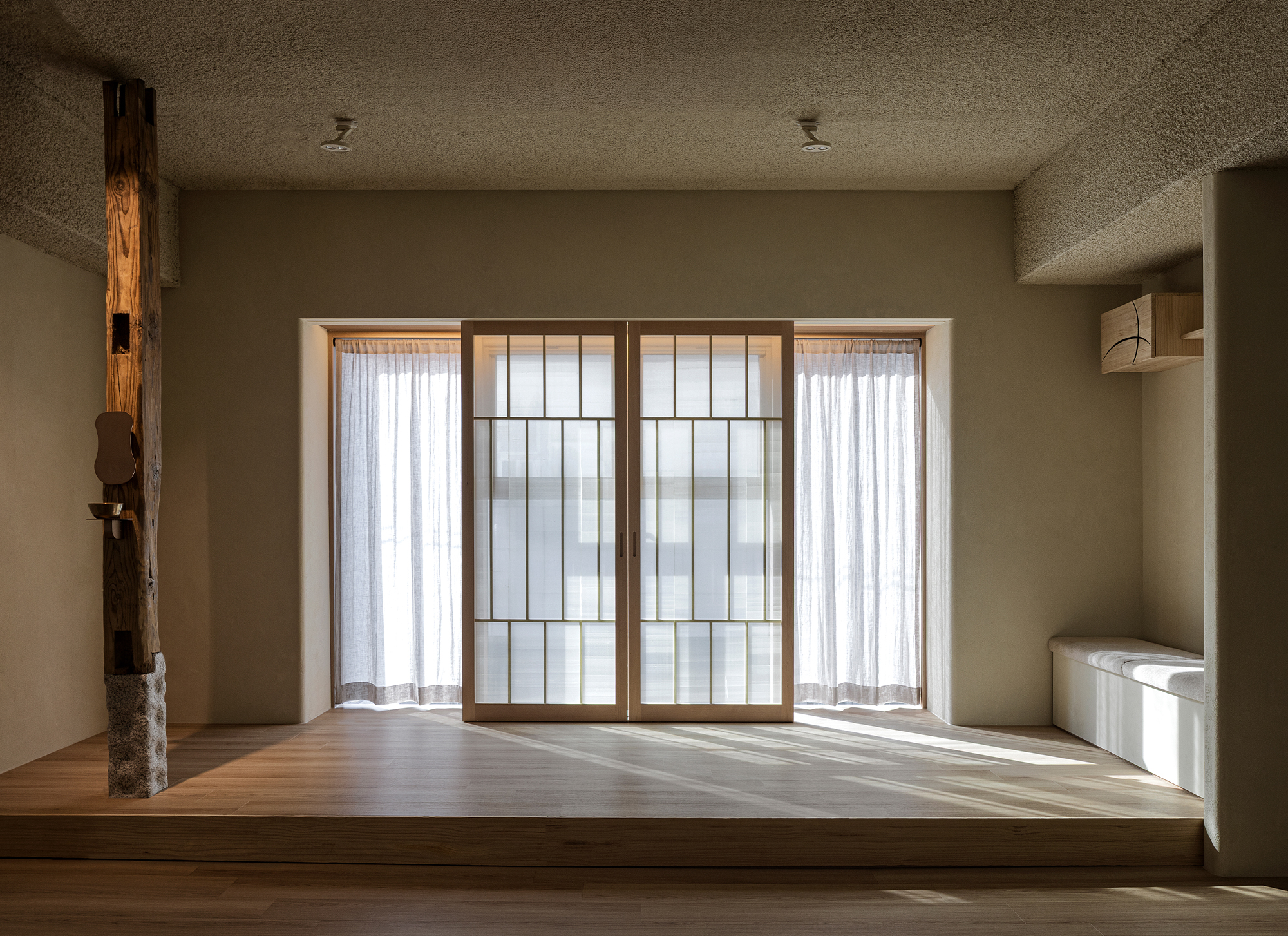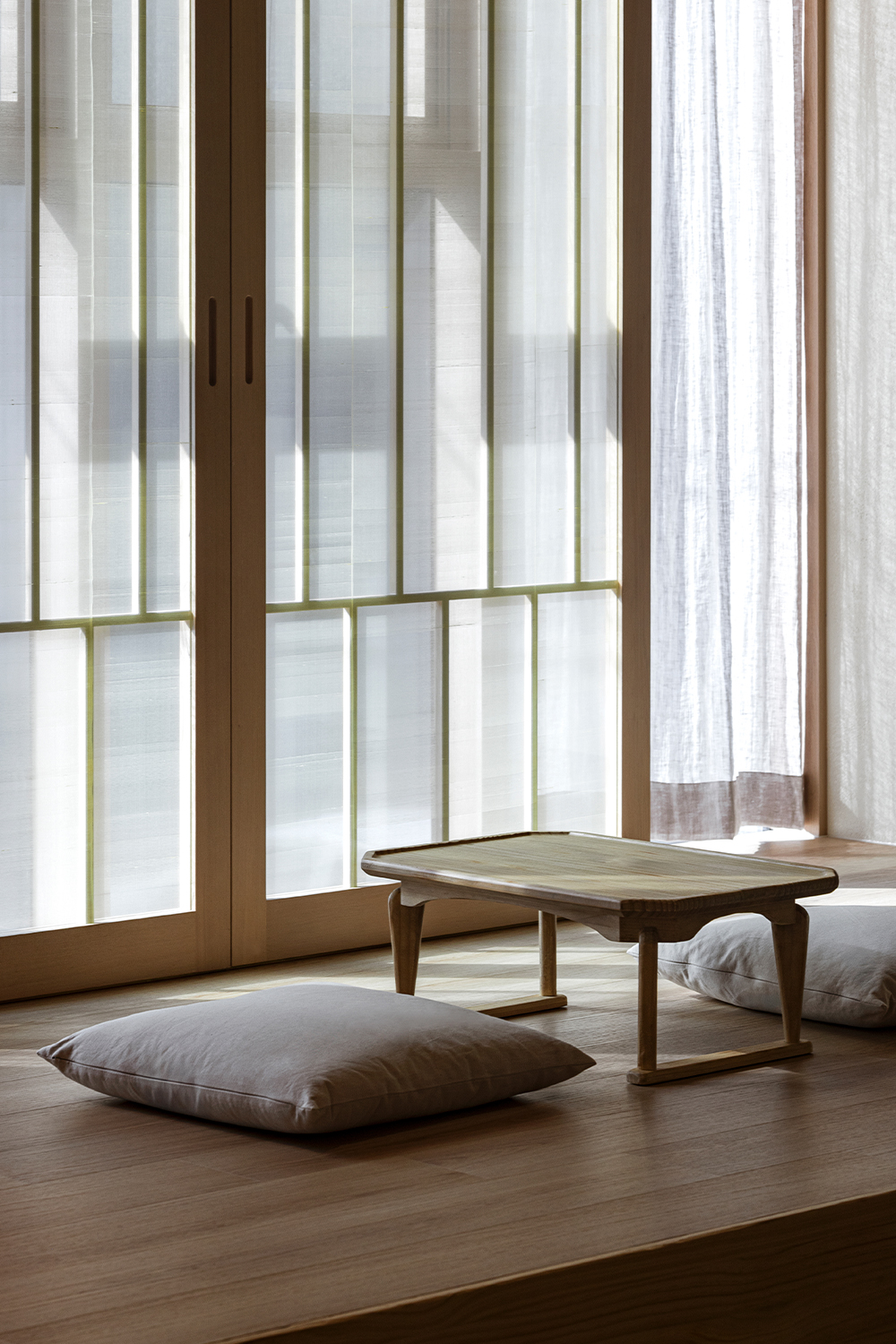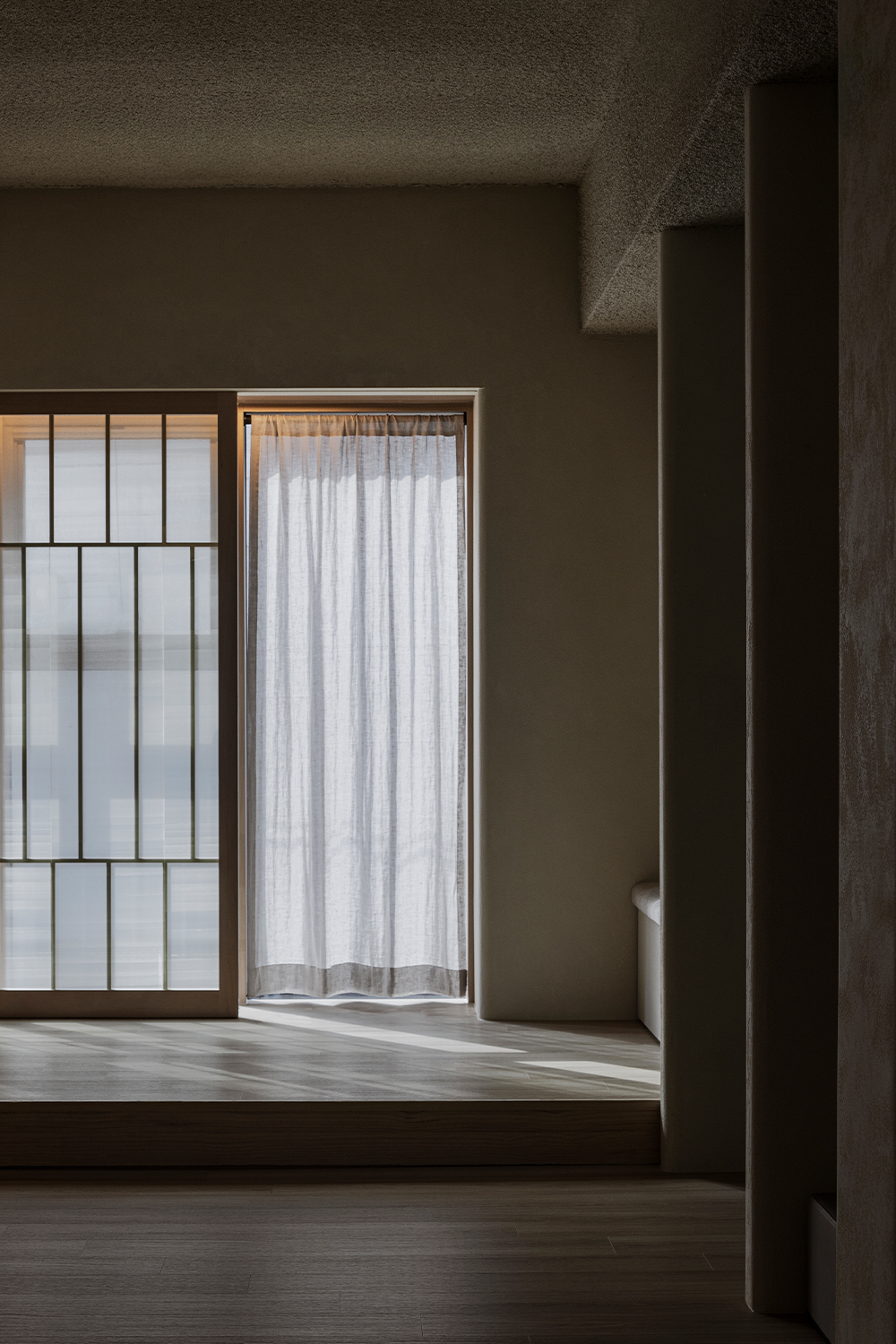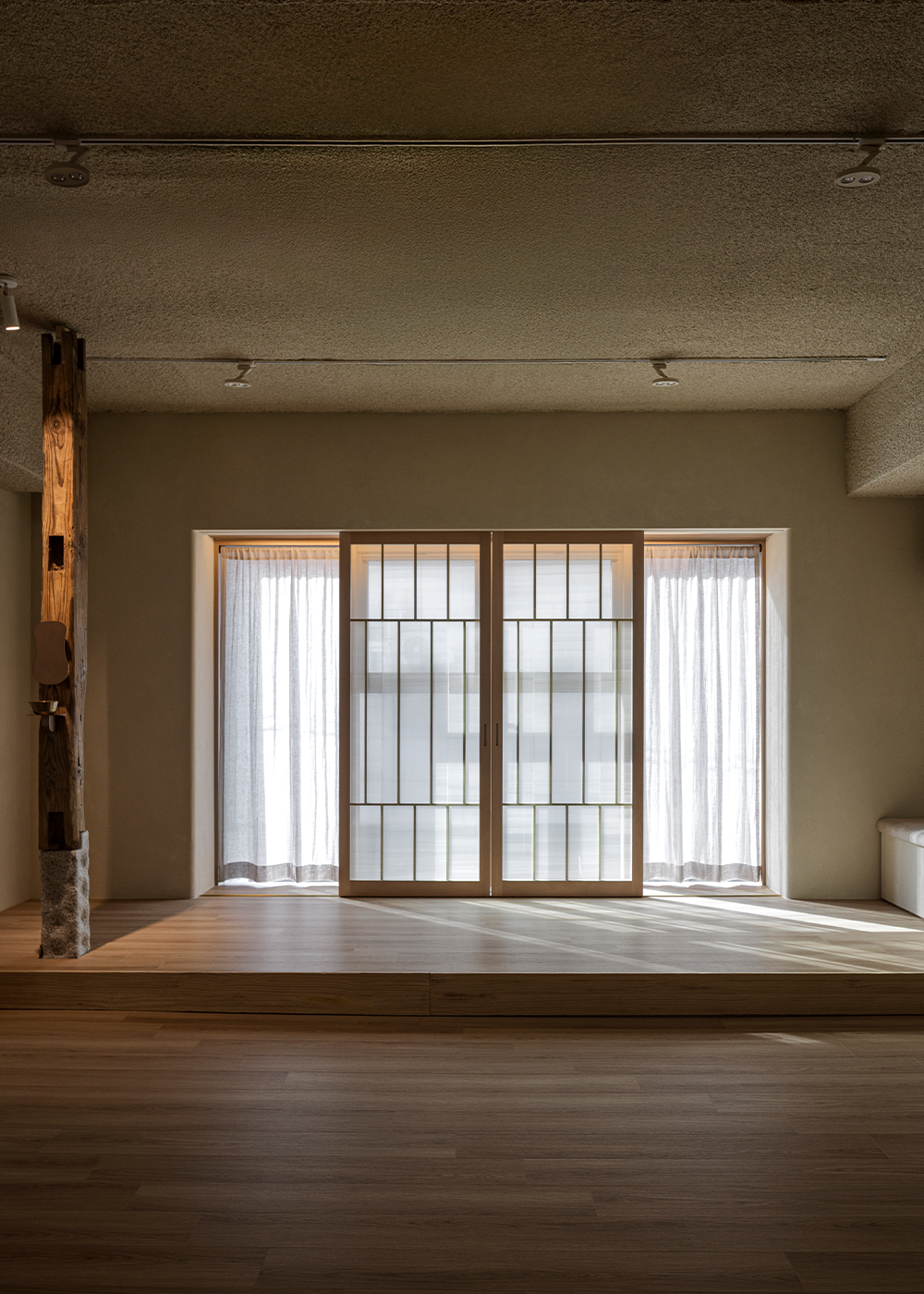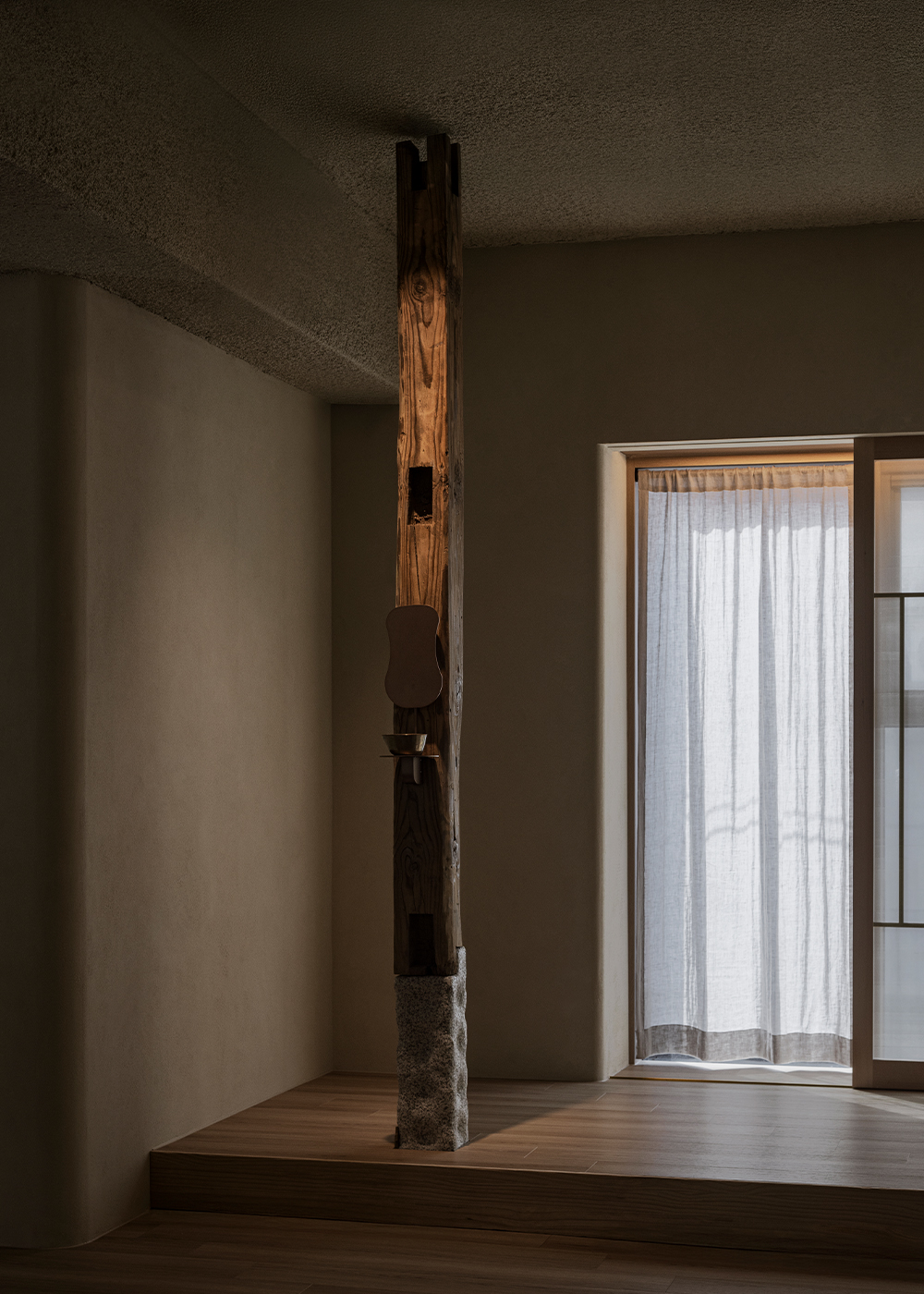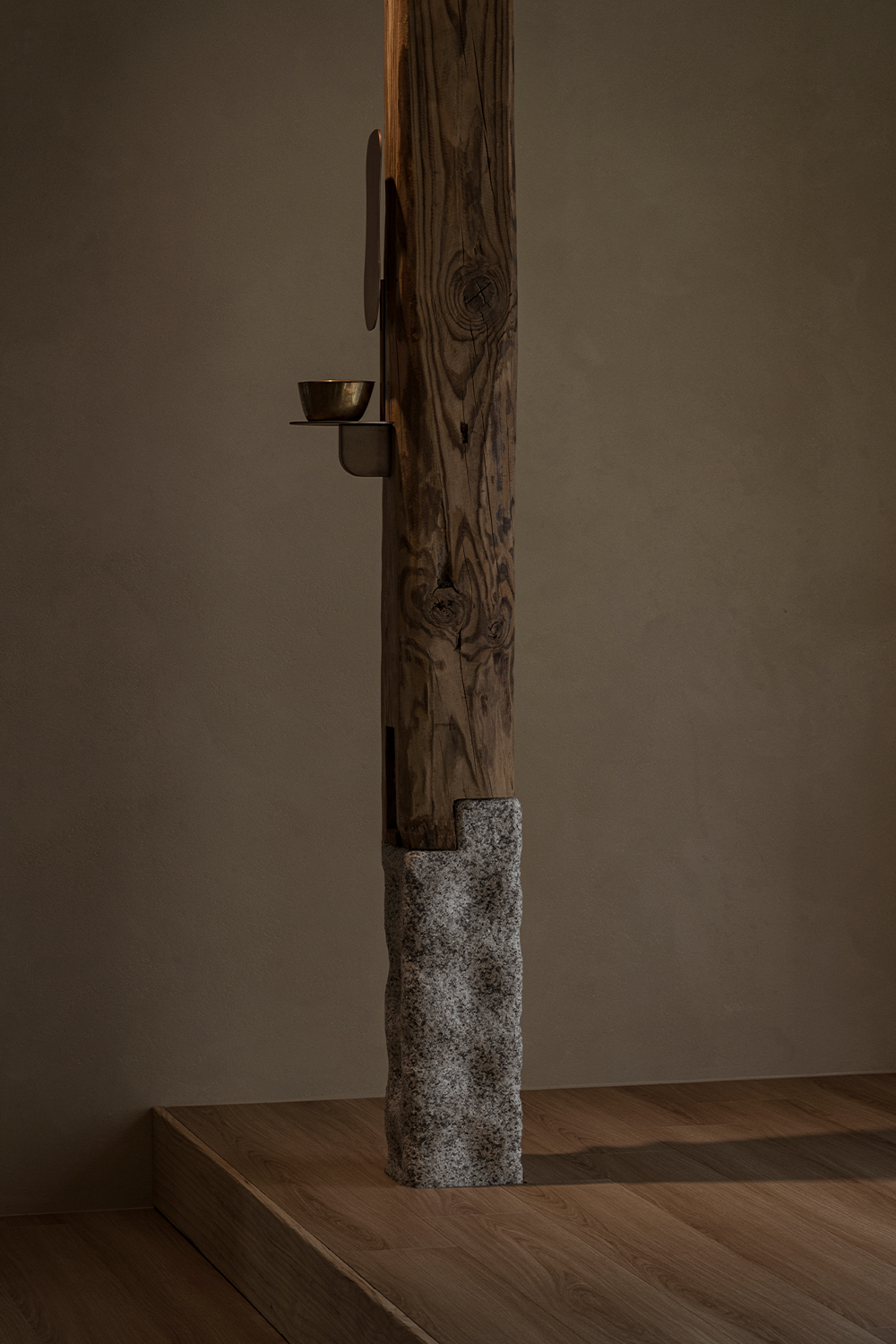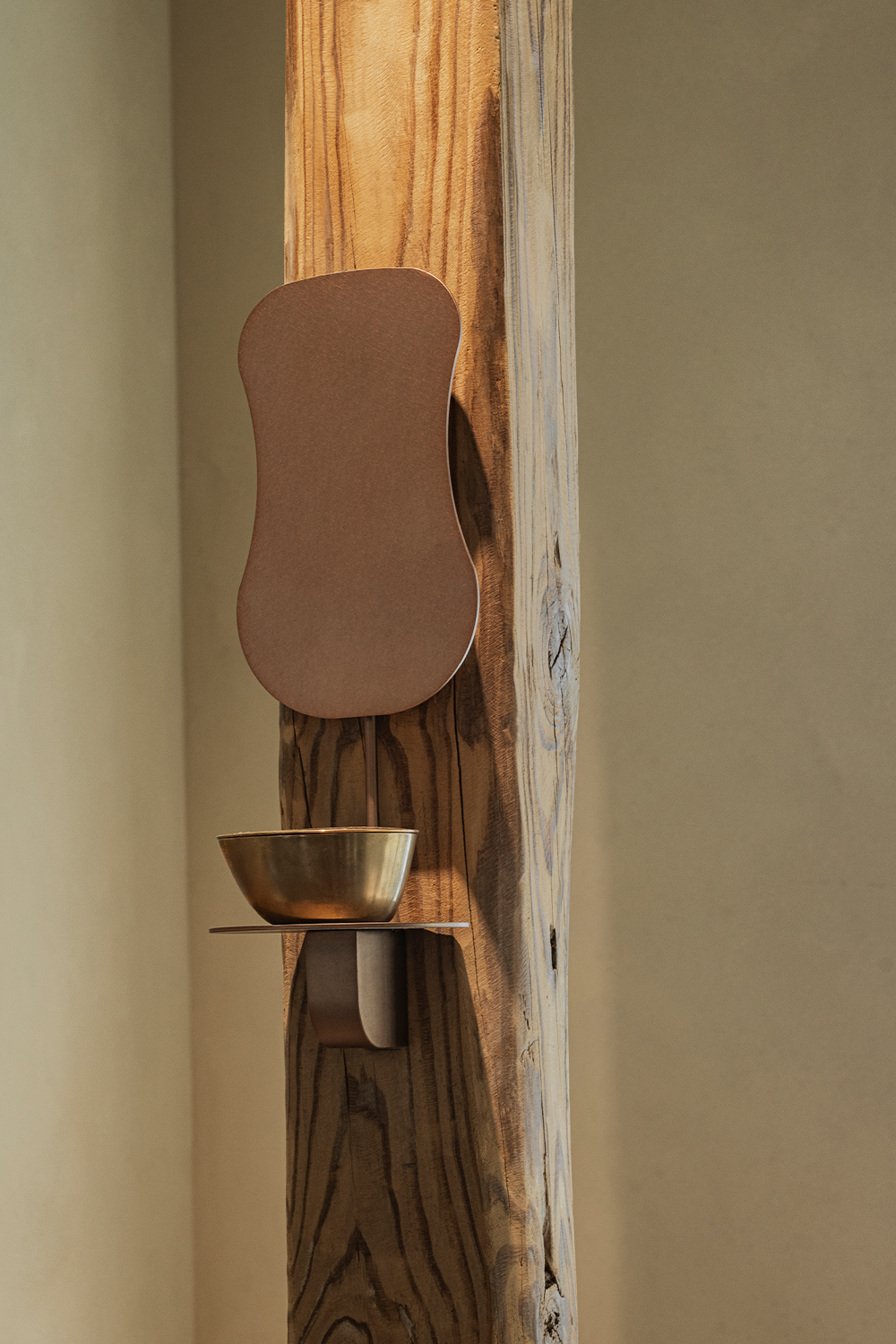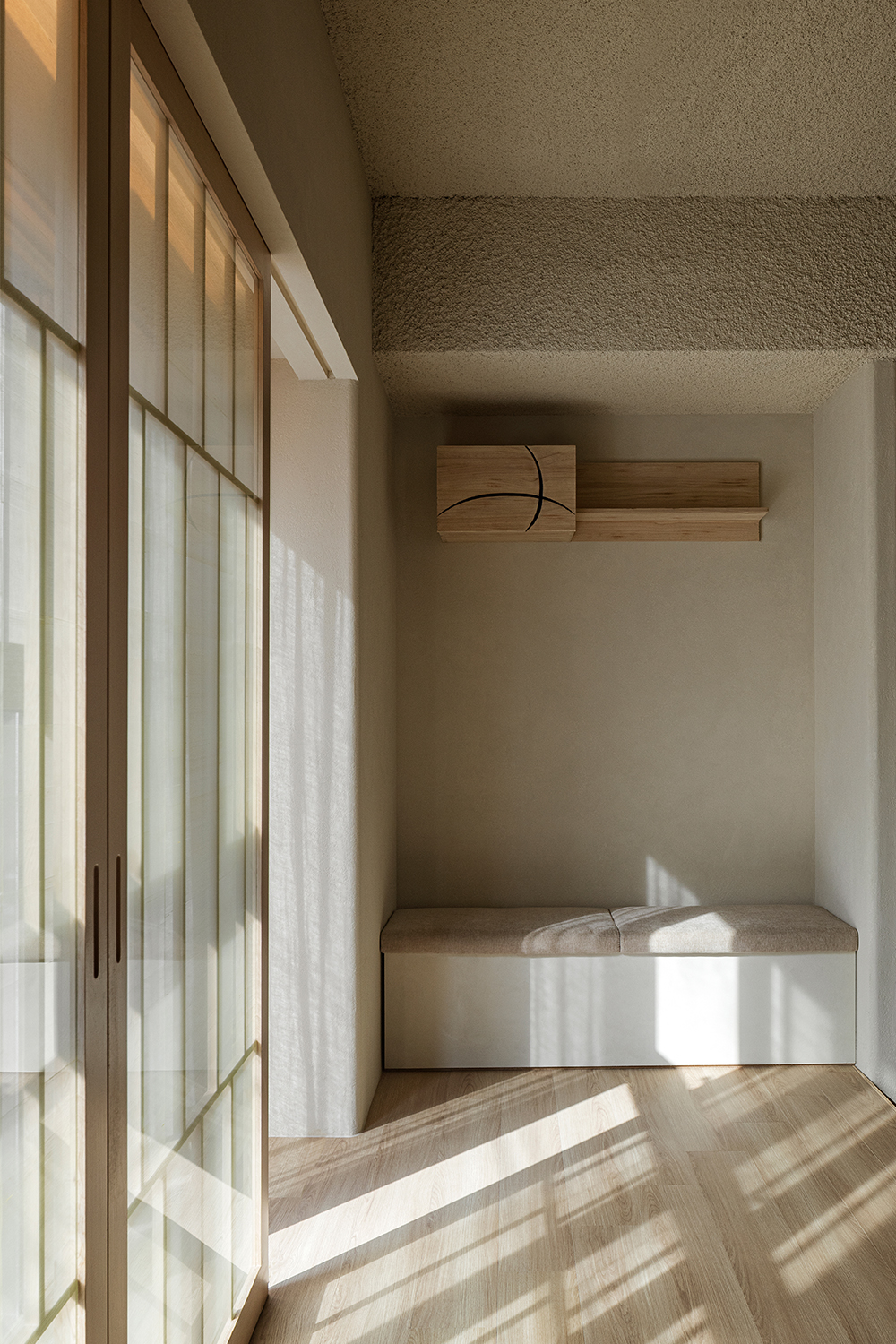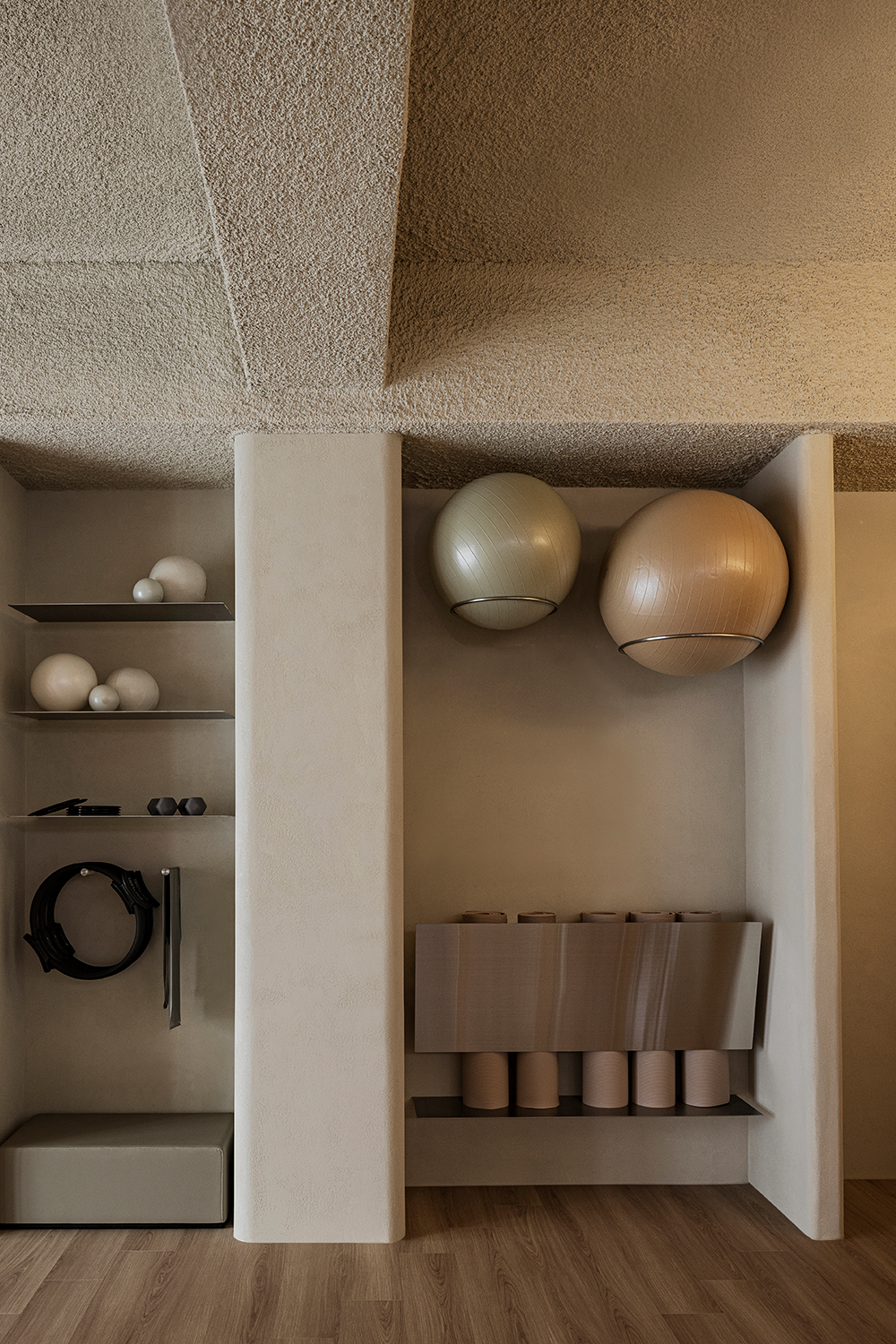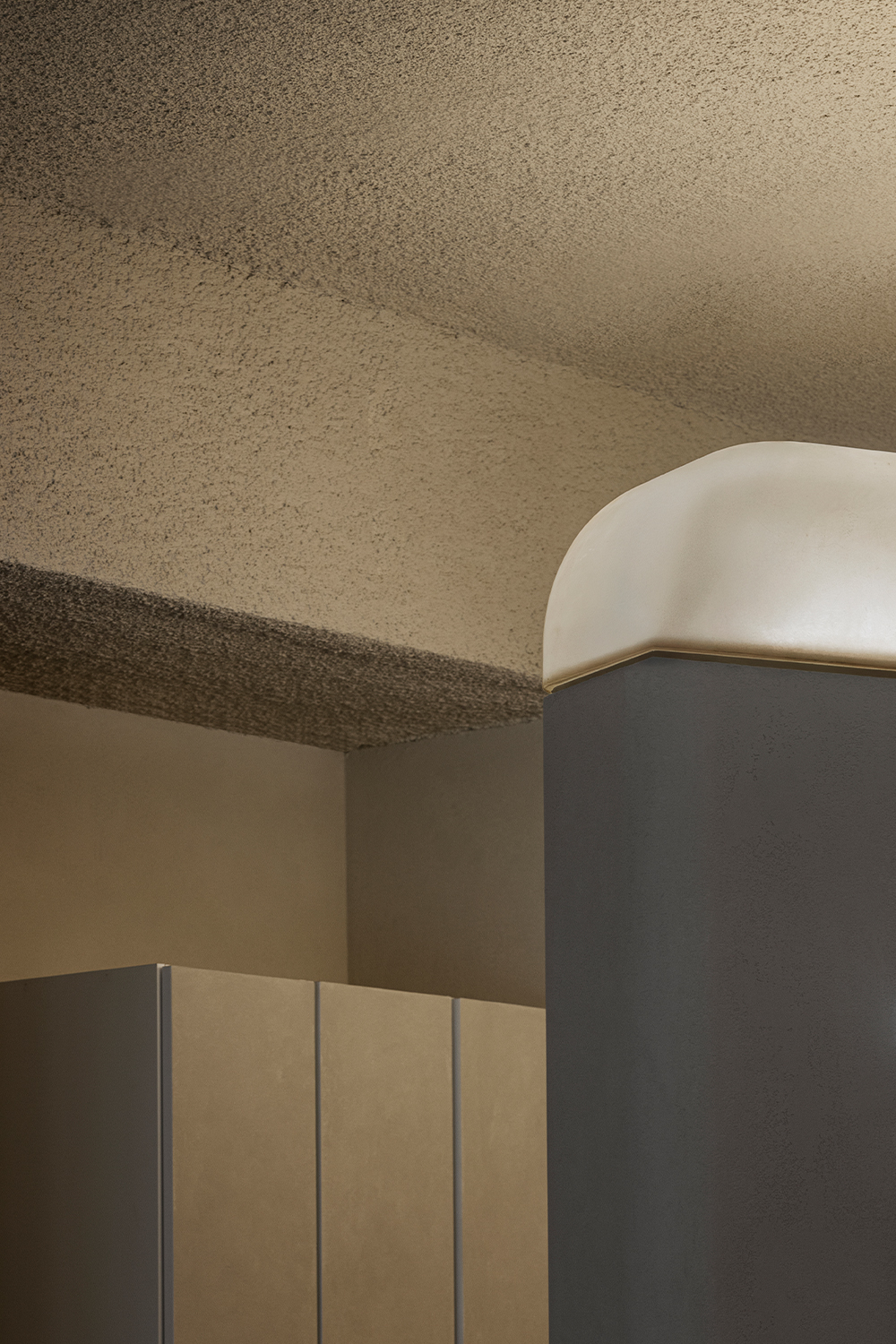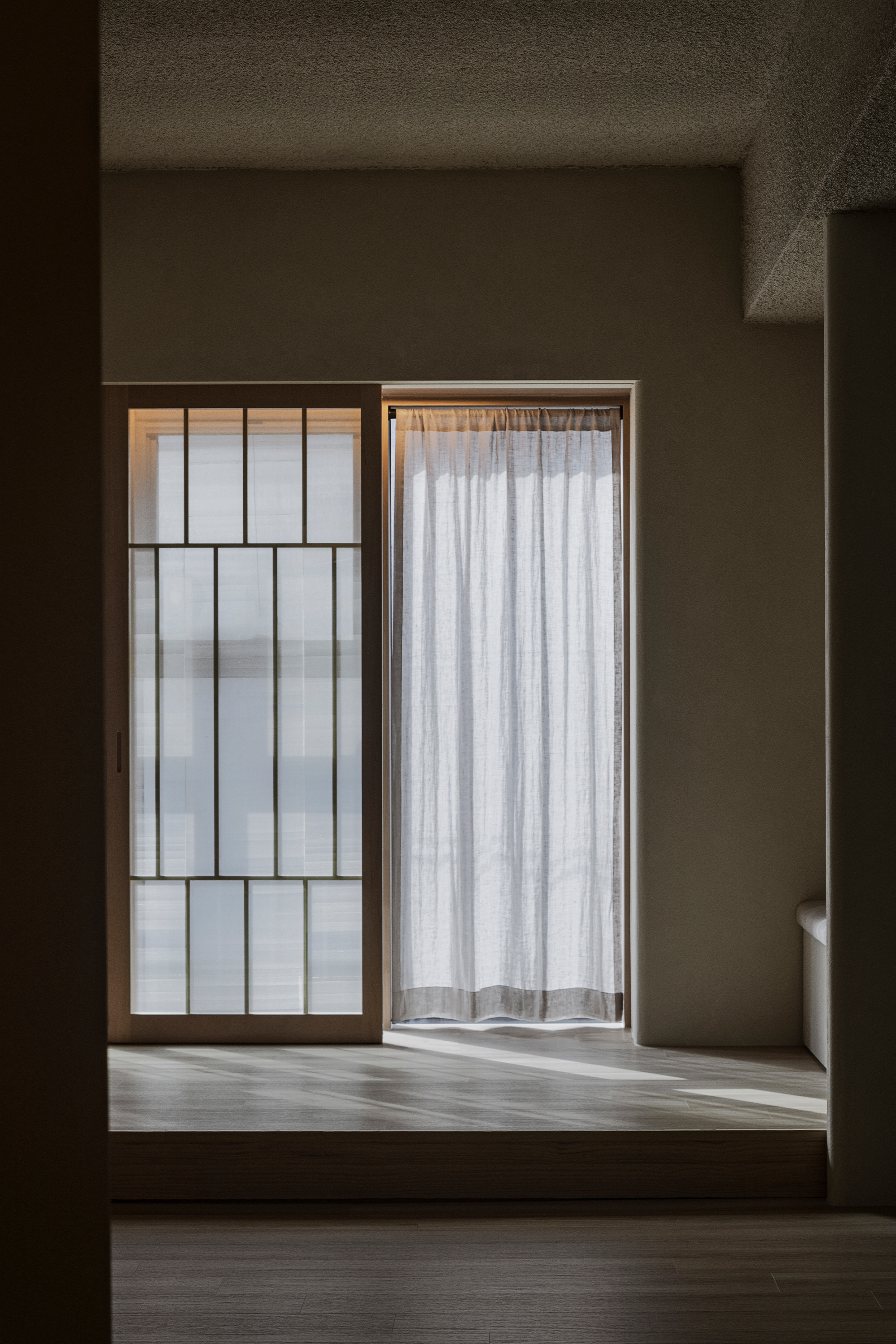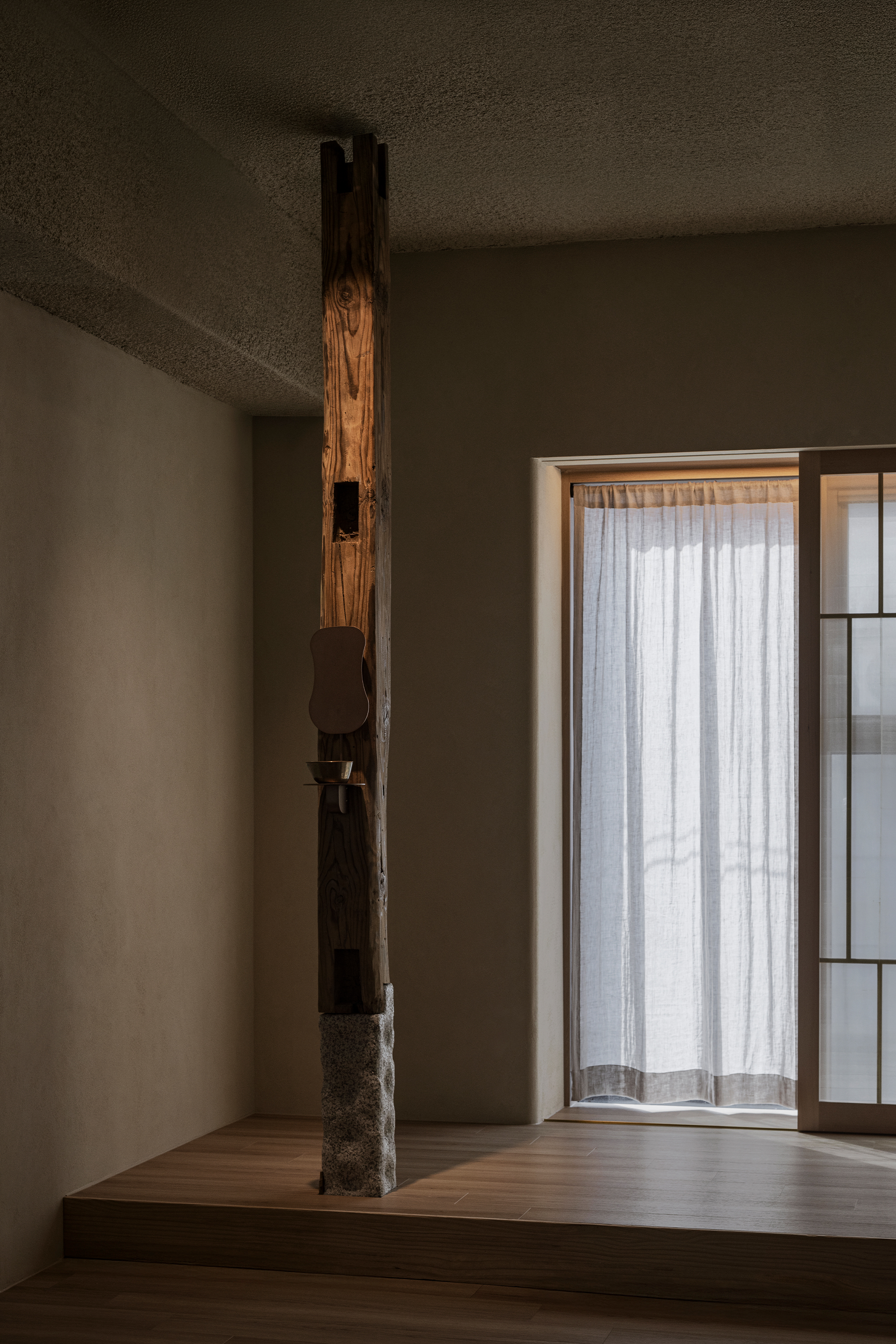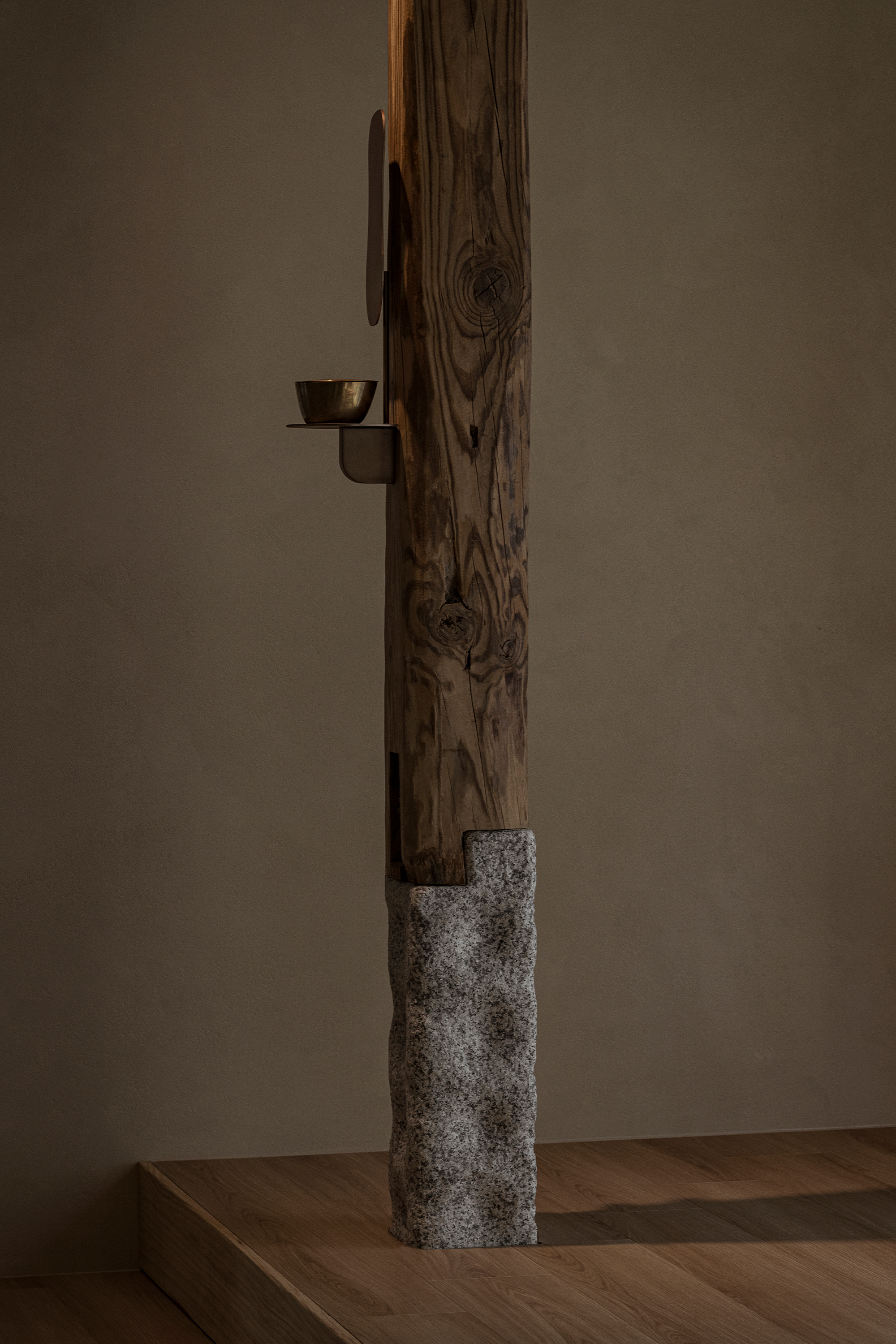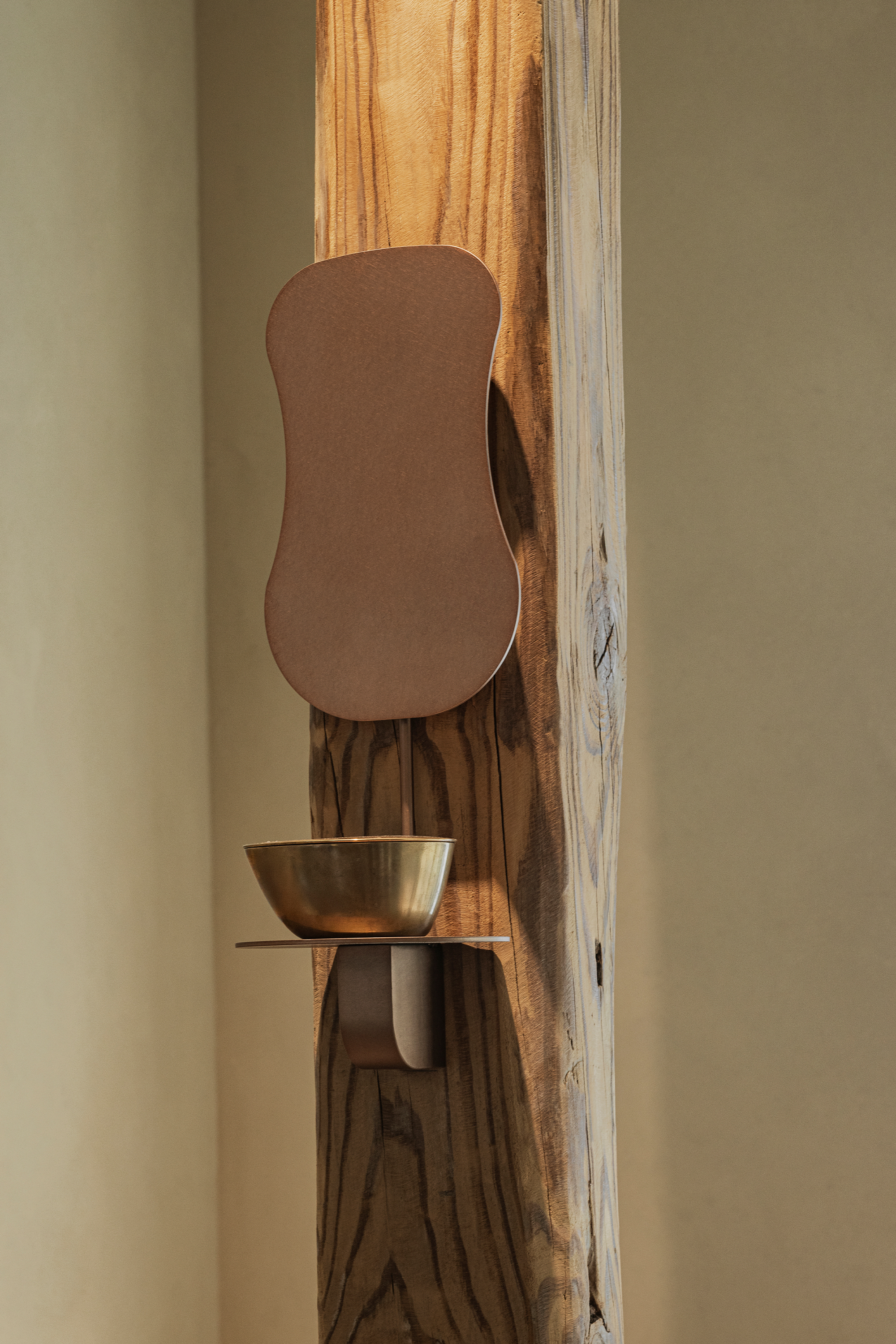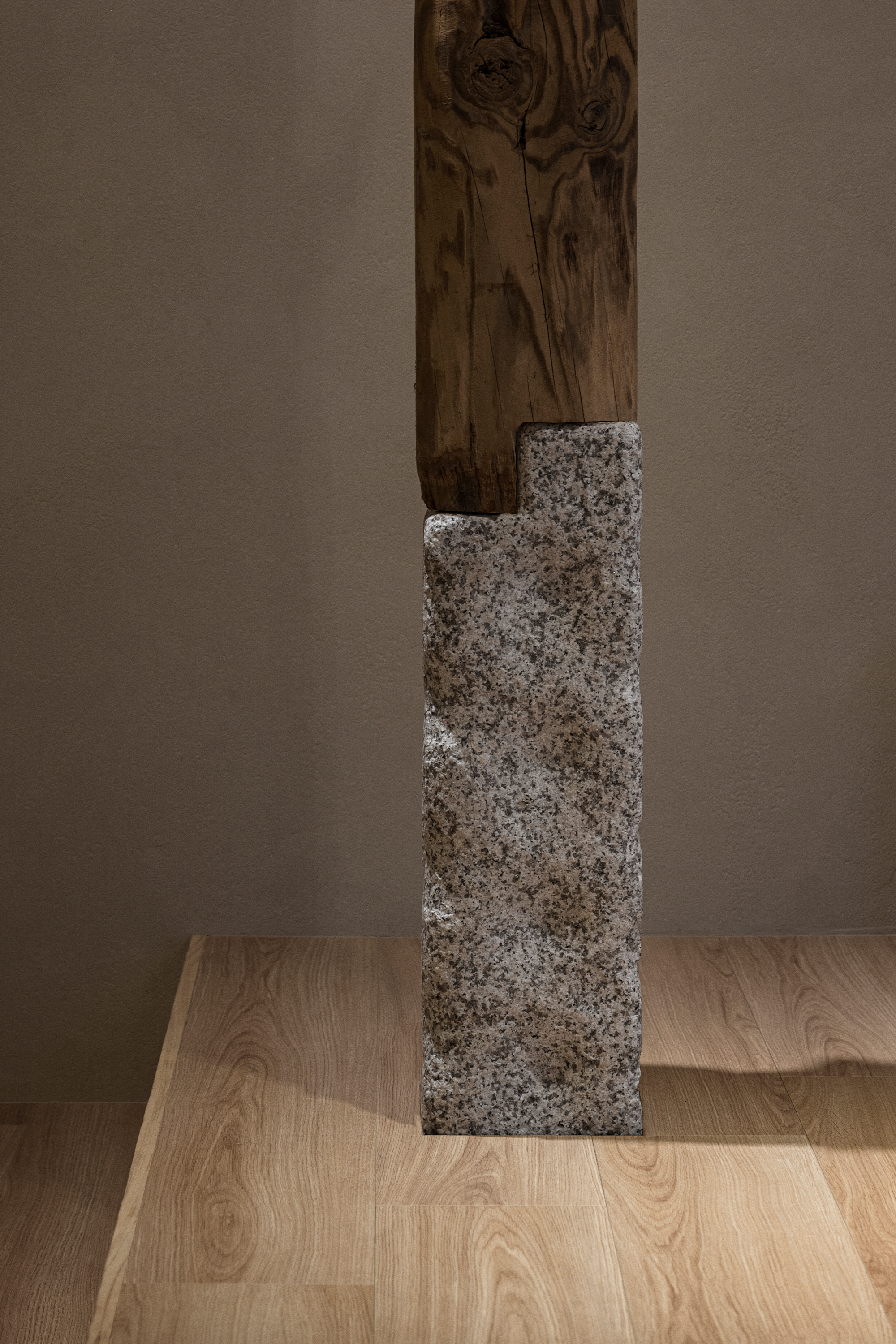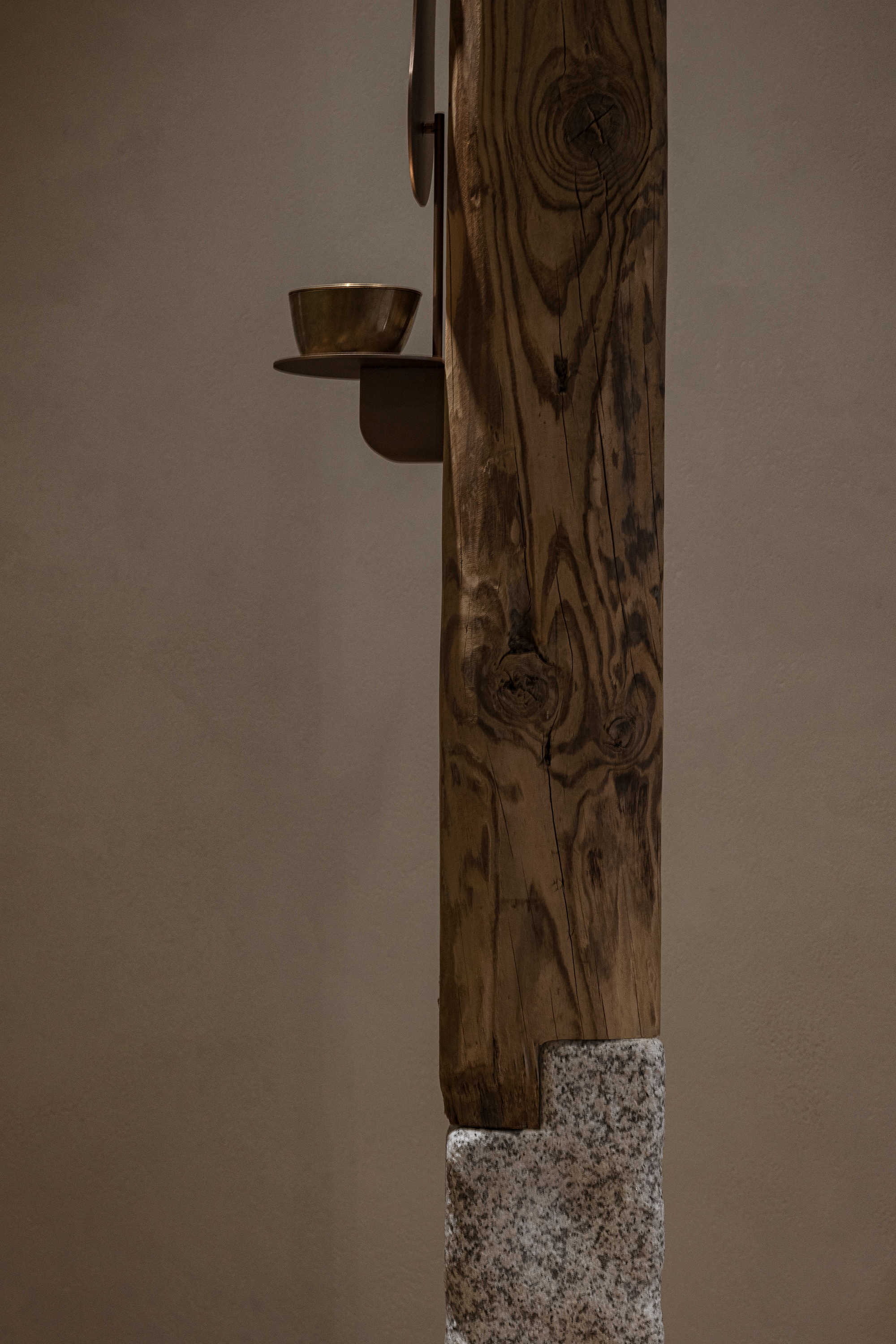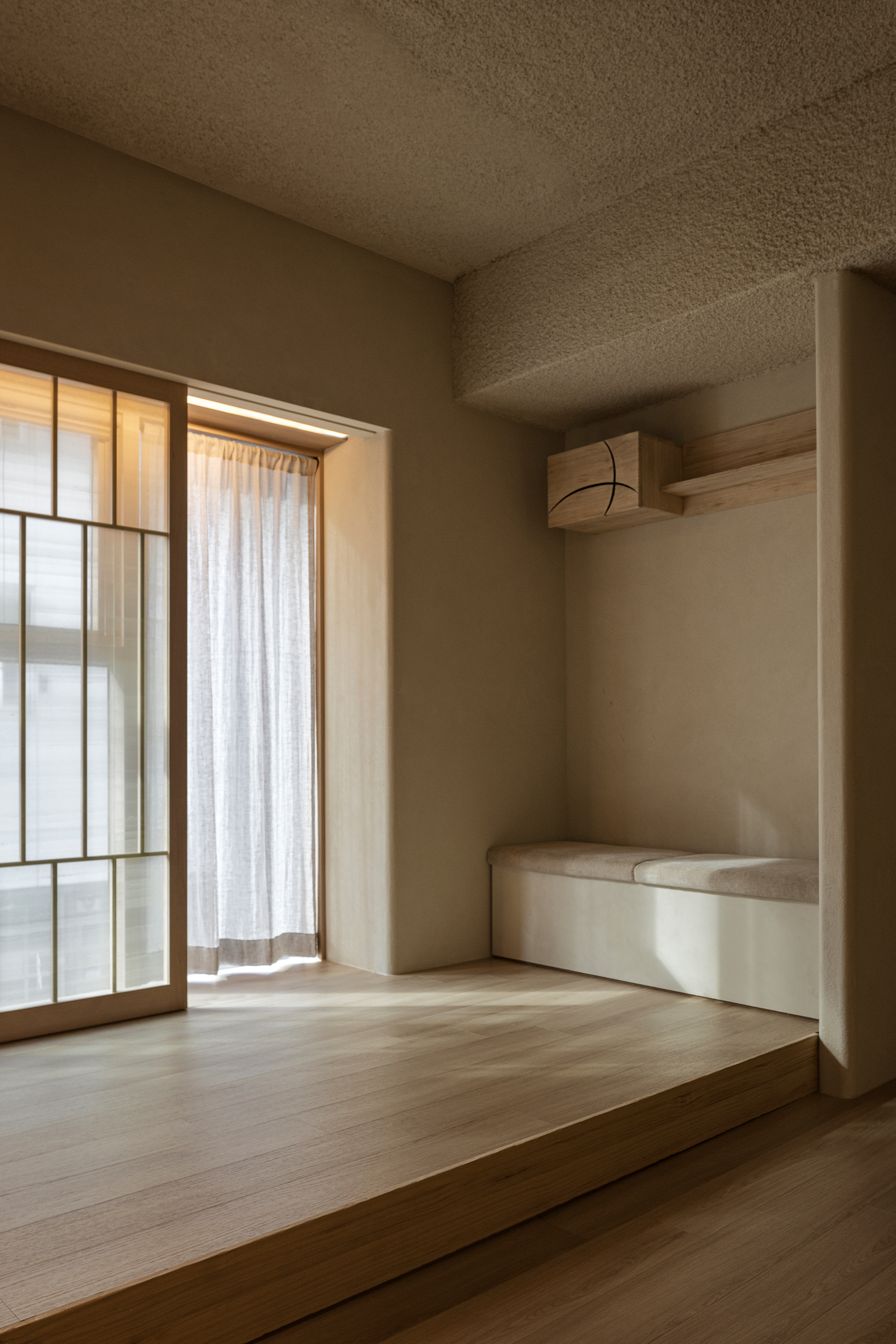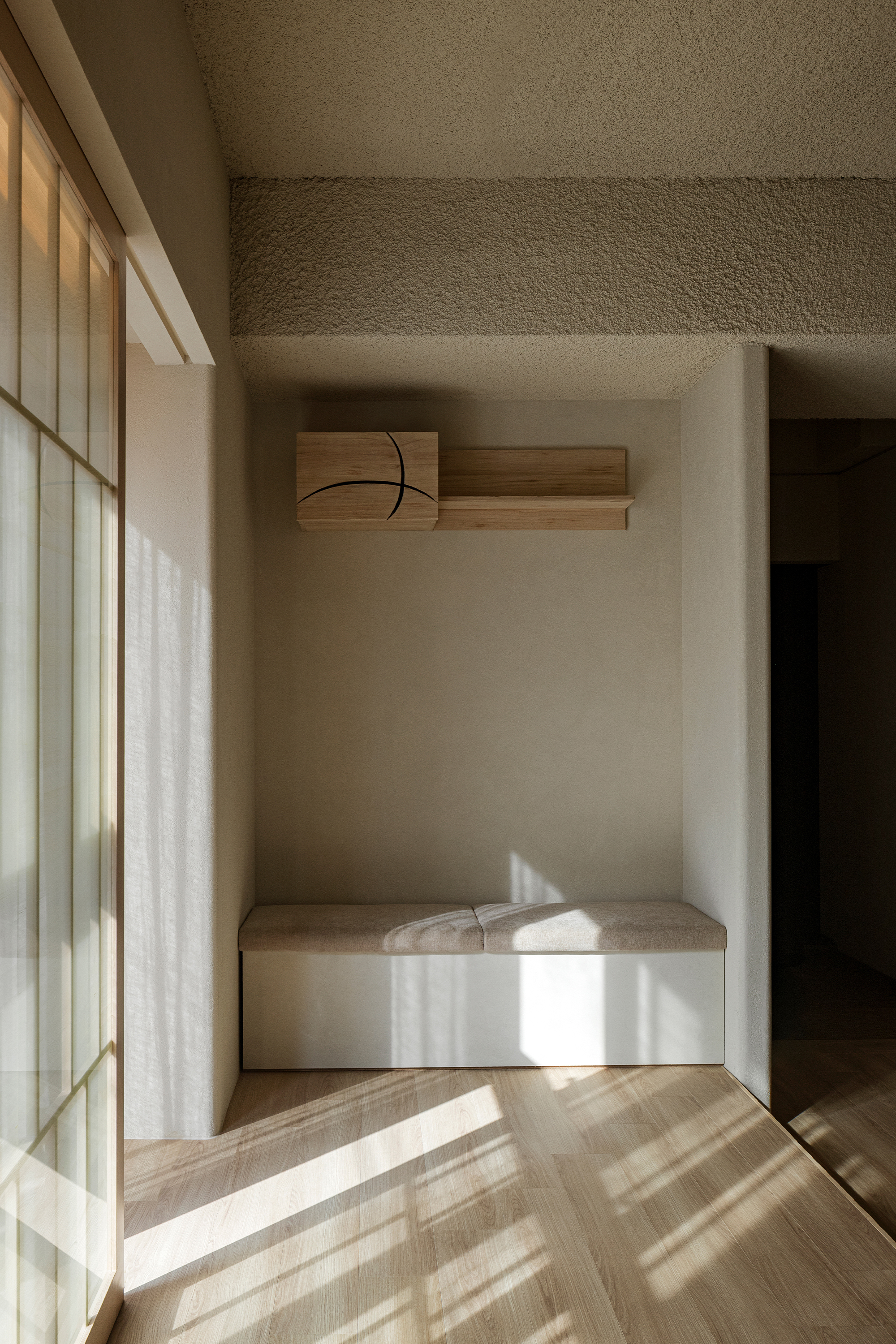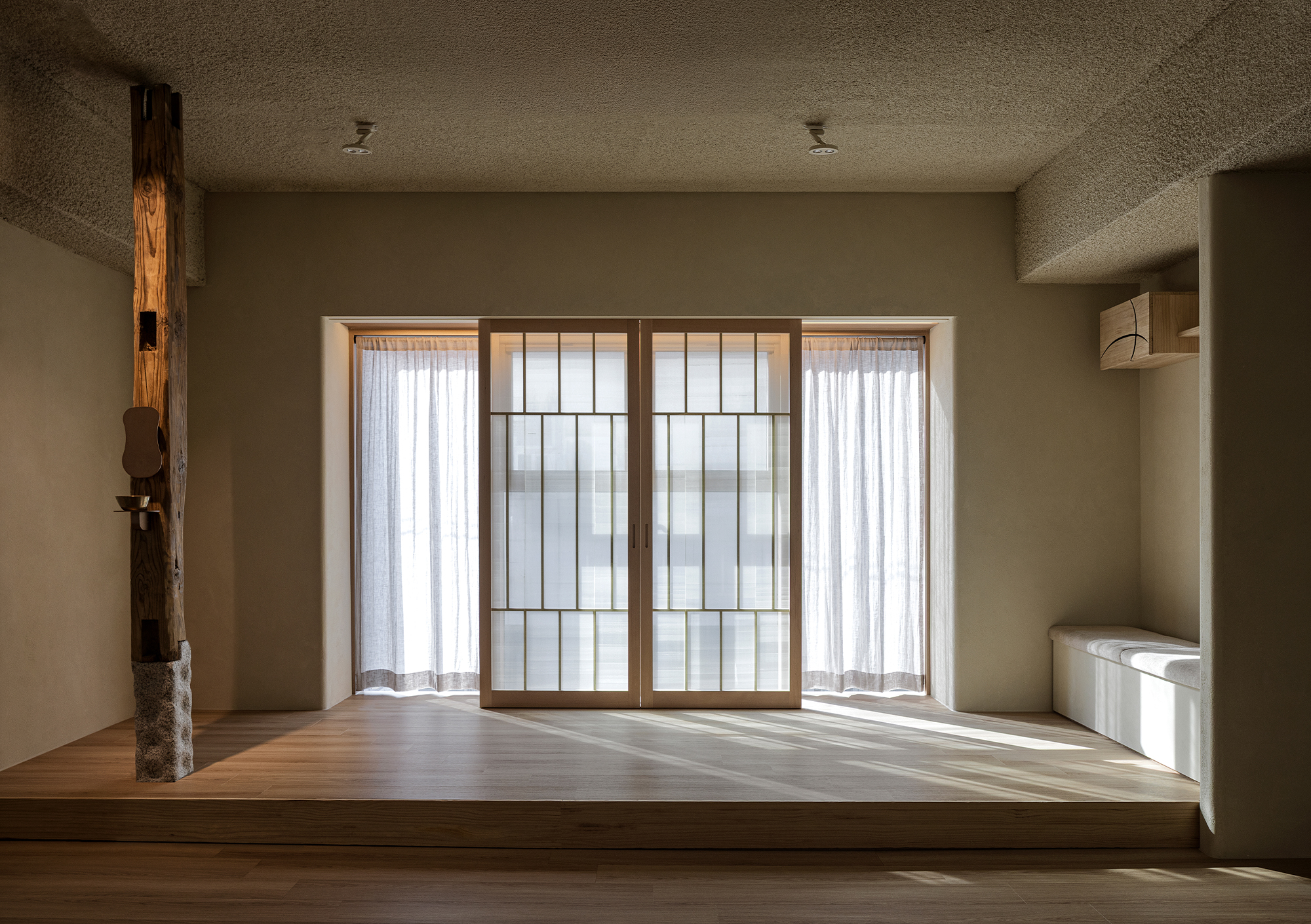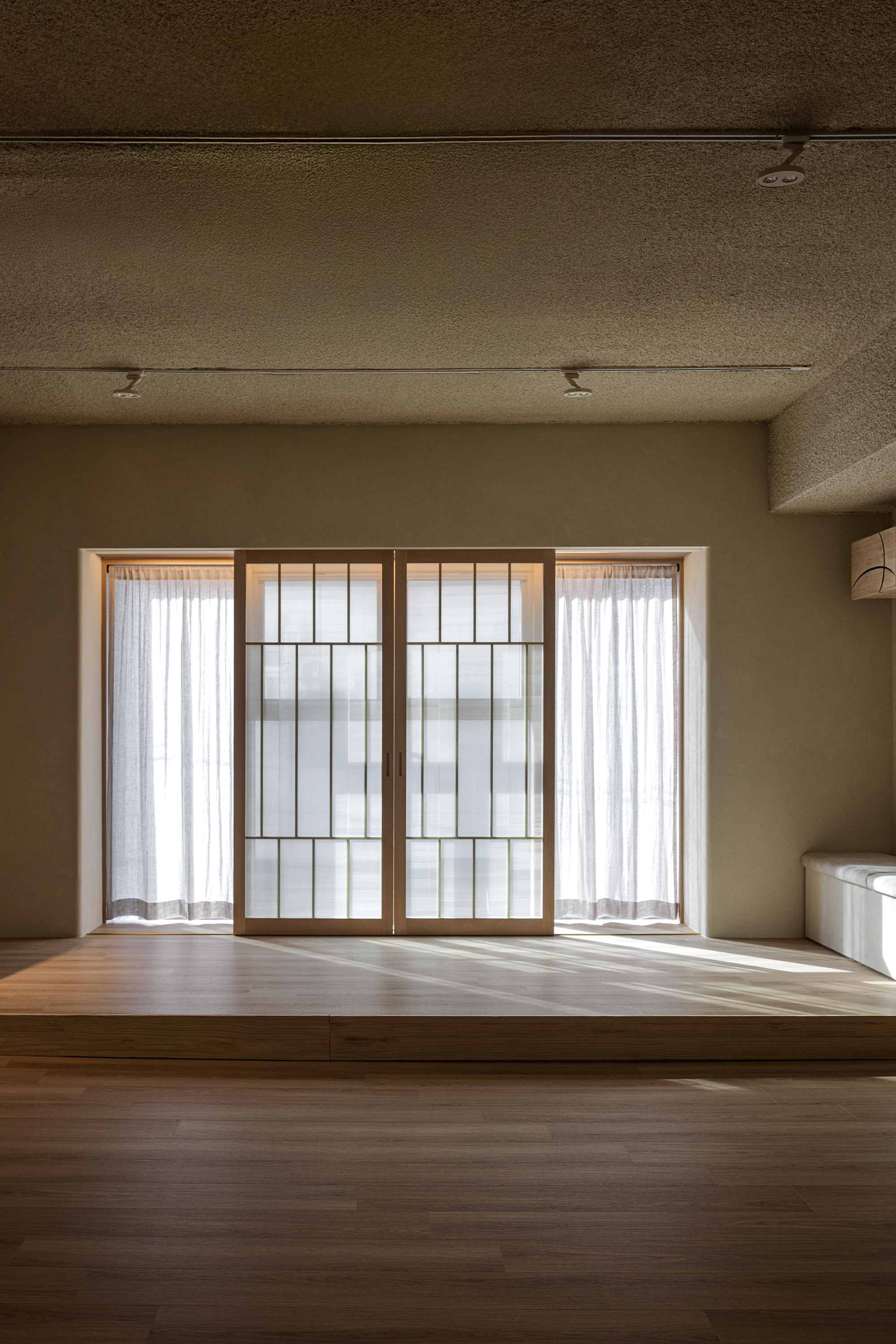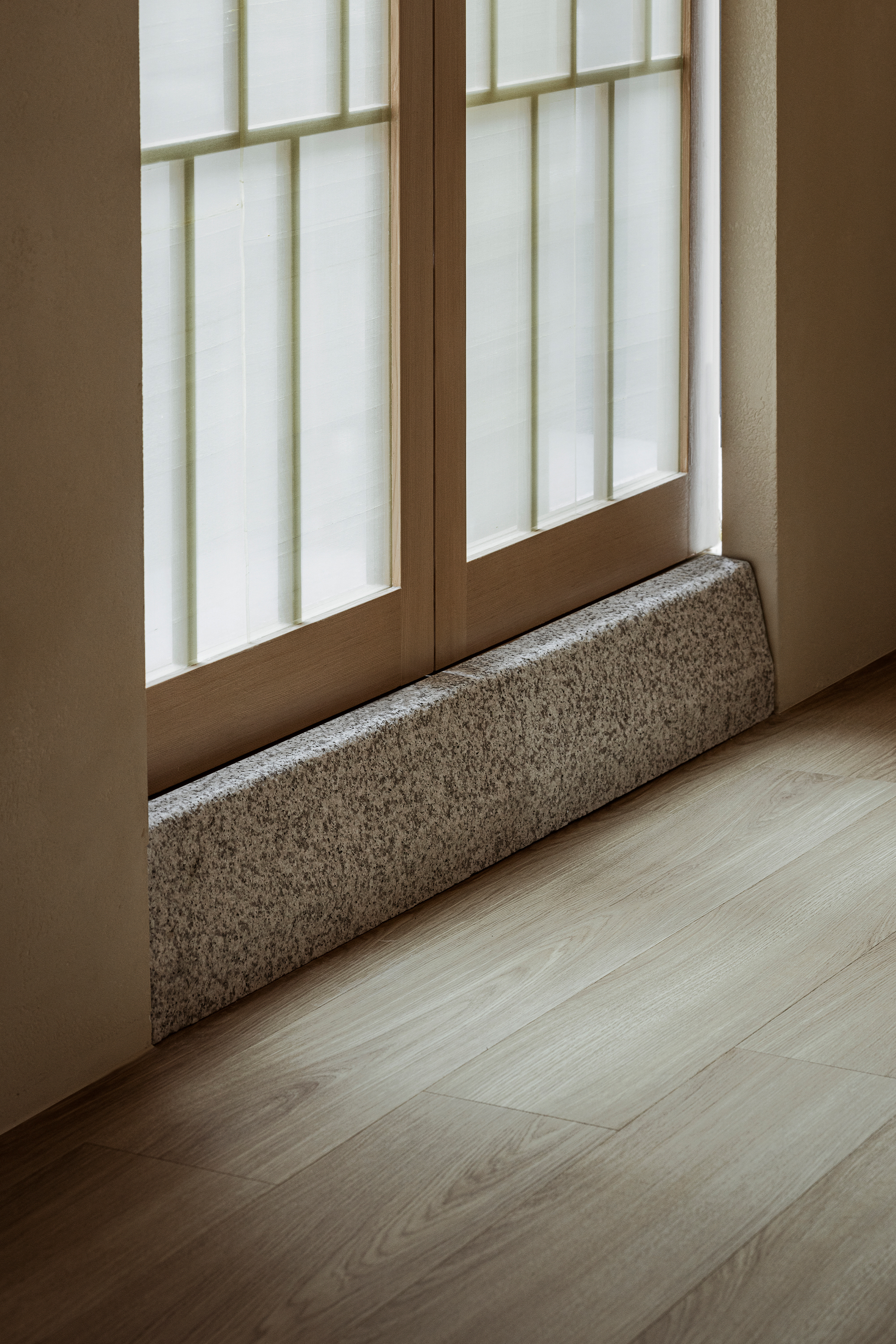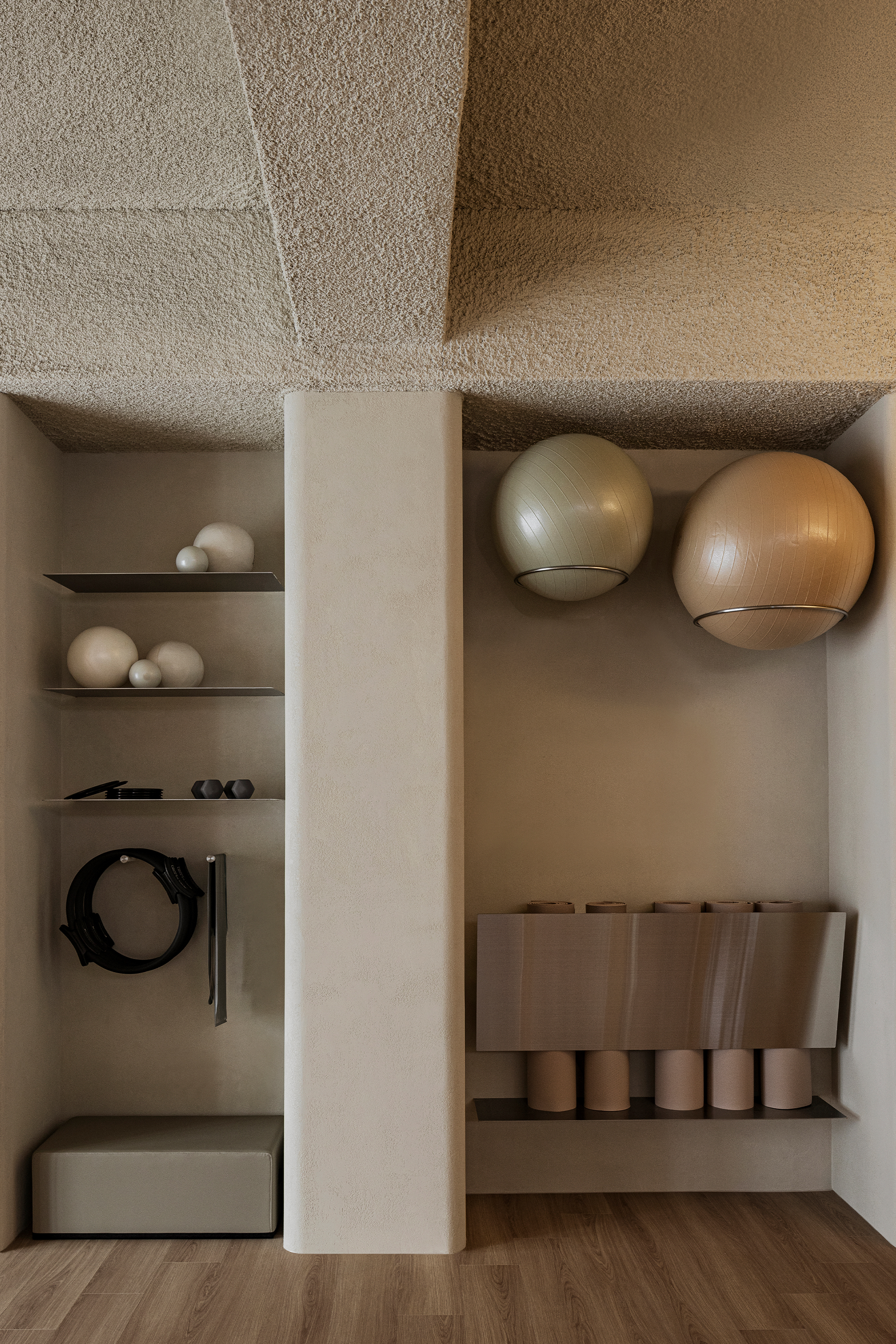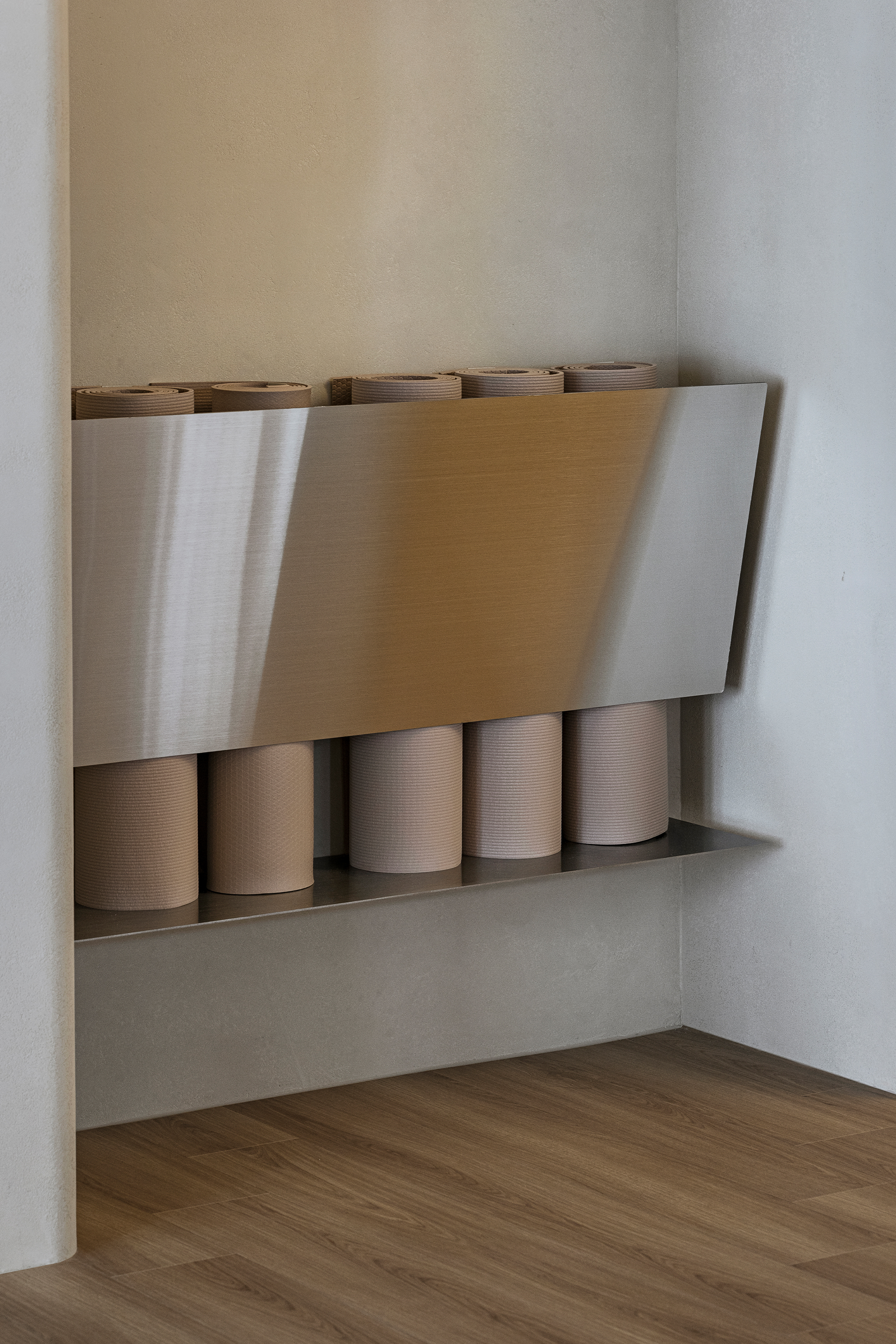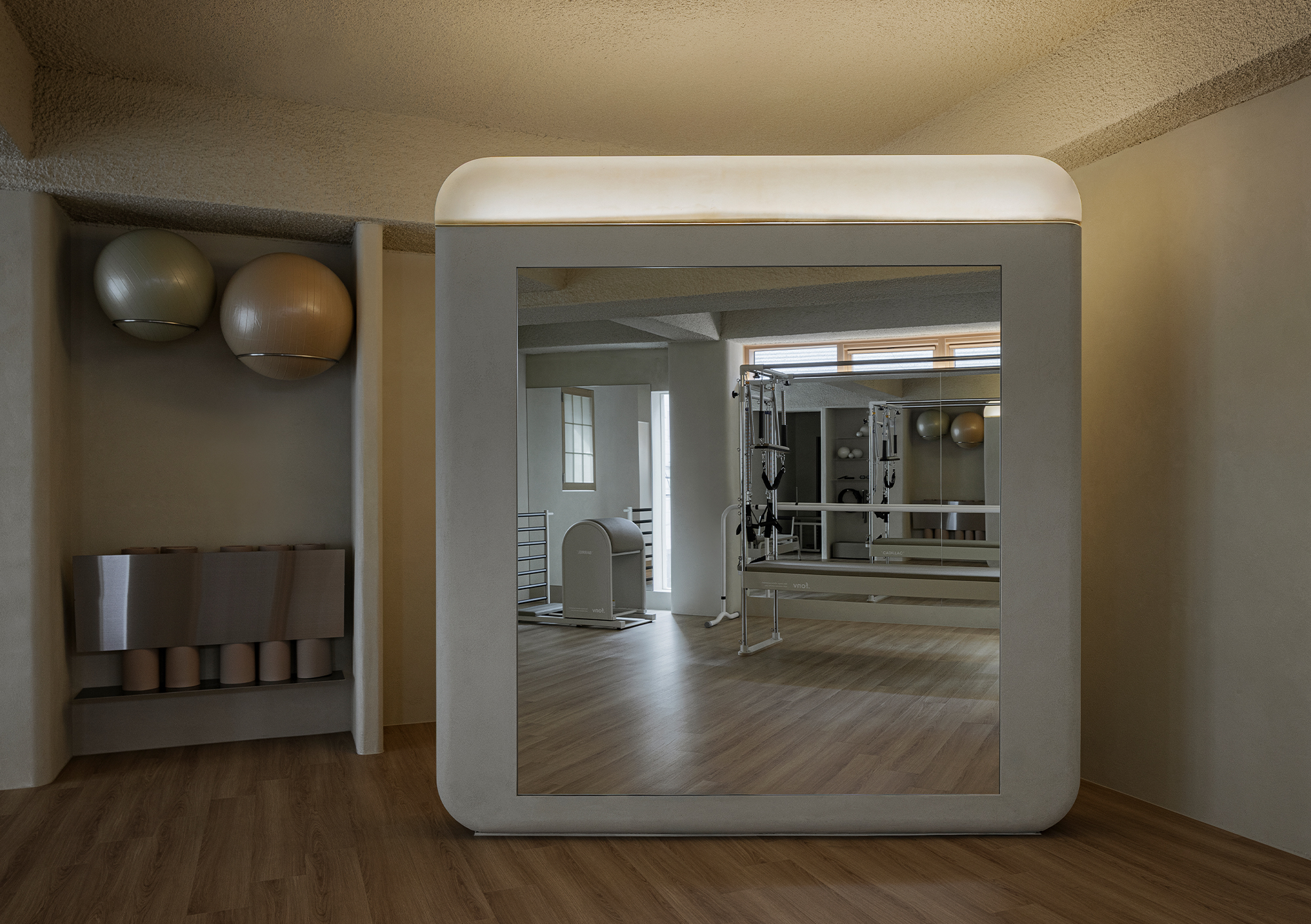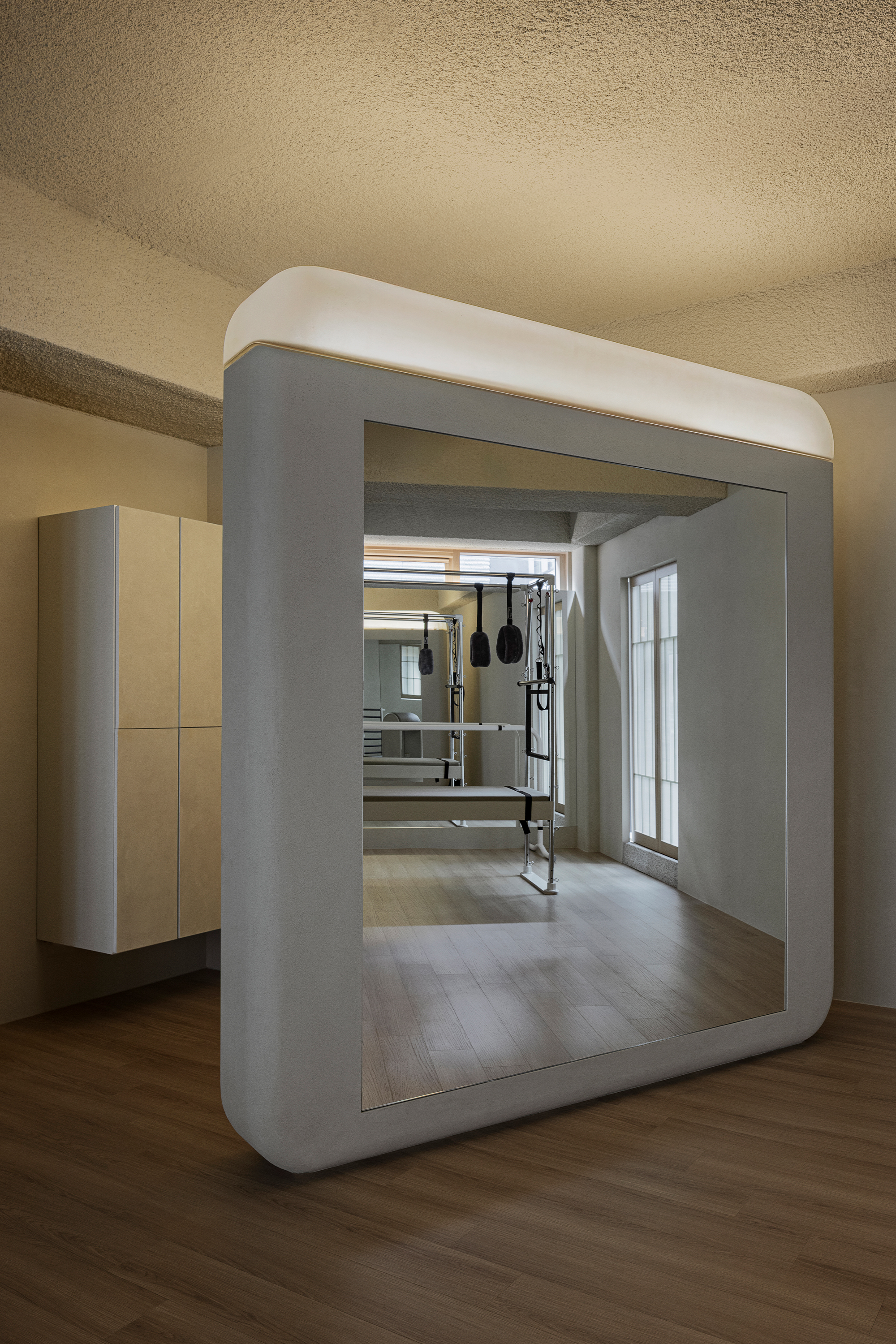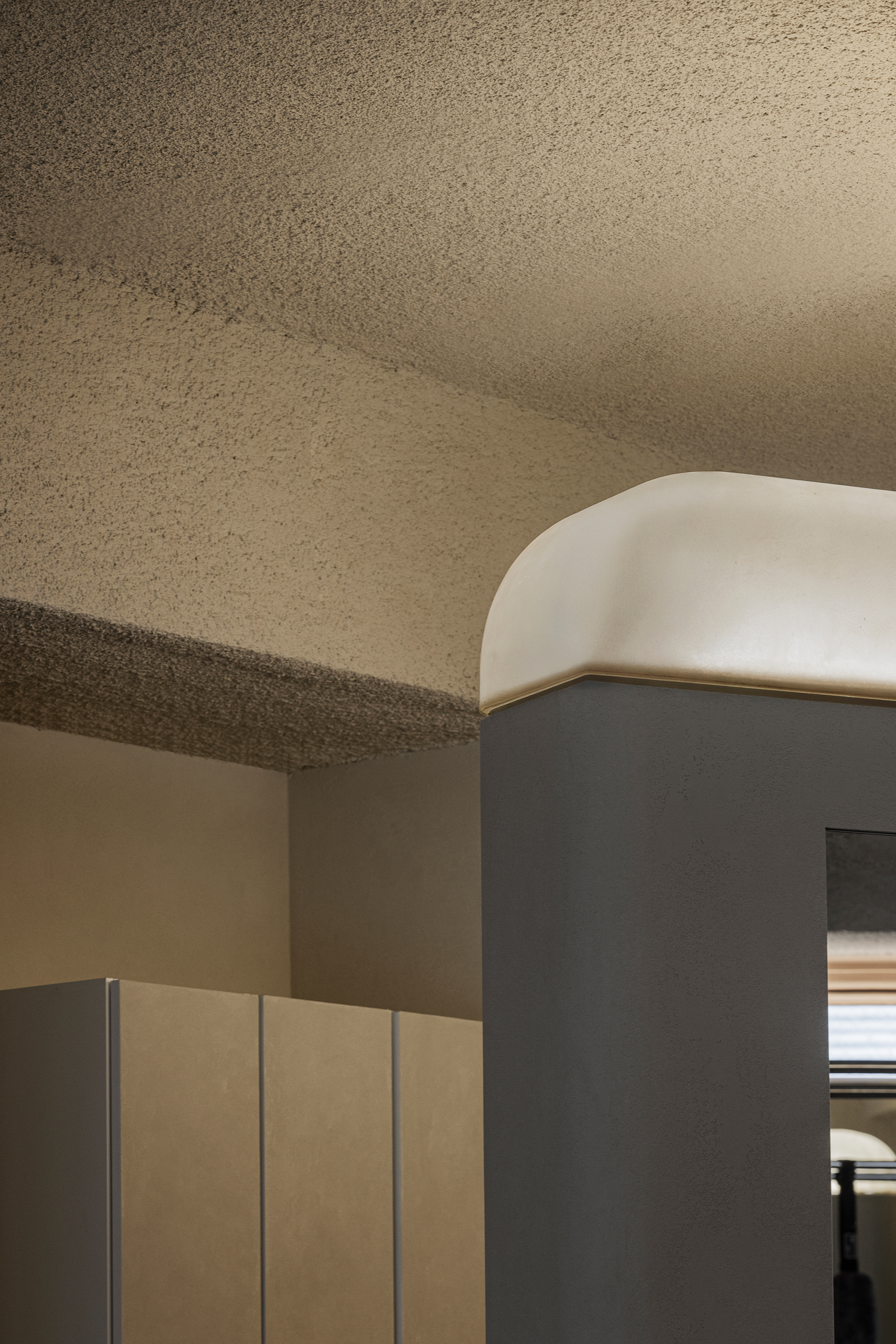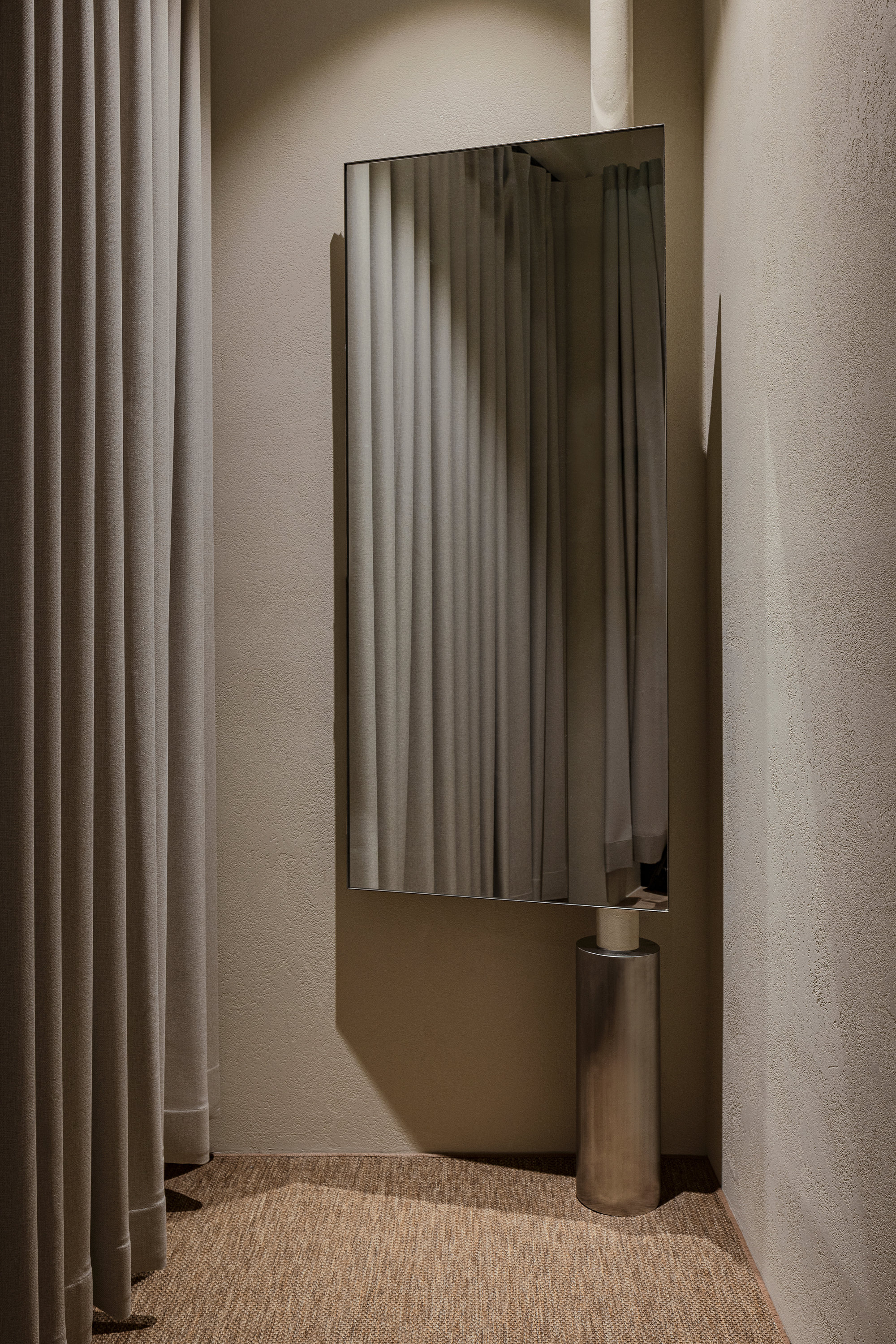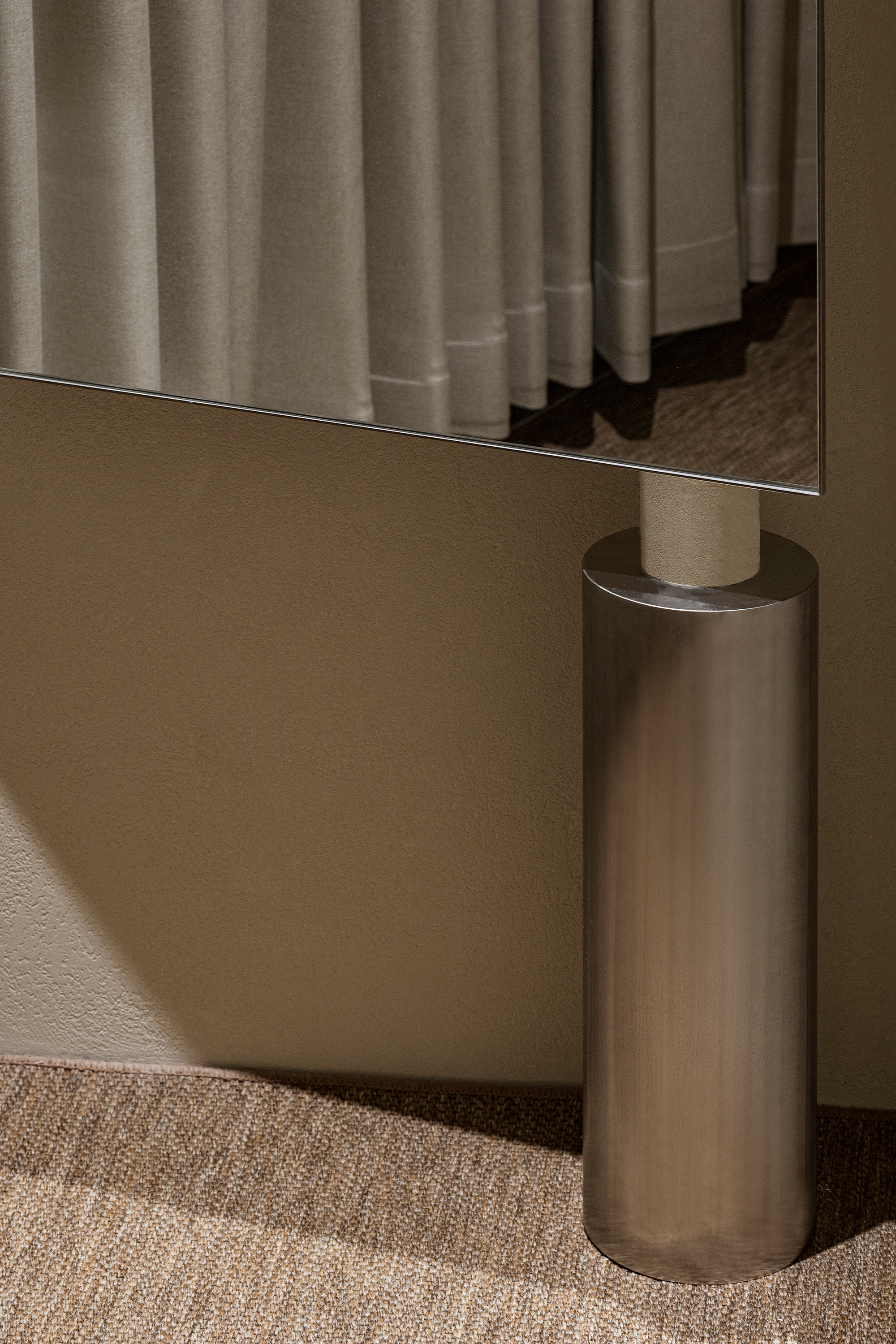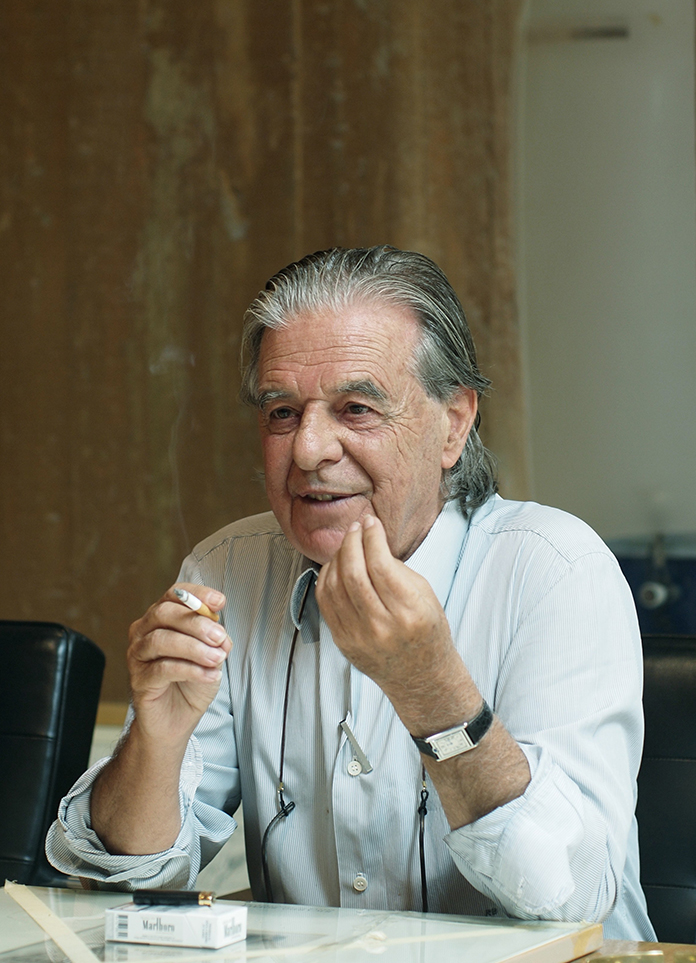When we think about what it means to feel “comfortable” in our bodies, we often overlook the possibility that what feels comfortable now may simply be poor posture we’ve grown accustomed to over time. In reality, it might not be “right,” just familiar.
To maintain correct and healthy posture, a degree of discomfort is often unavoidable. It takes steady, sustained effort, which seems paradoxical. And in many ways, this echoes the core philosophy of Pilates: reaching a true state of physical ease by consistently engaging and correcting underused muscles by stretching, aligning, and strengthening them.
Blank Pilates was designed to embody this paradox—sustained discomfort in pursuit of comfort. To that end, we added the overarching theme of “anon,” a Korean word that evokes a sense of quiet and peaceful comfort. Our space, therefore, represents a place where the coexistence of discomfort and ease guides both body and mind toward a state of true calm and relaxation. In line with this concept, the space integrates intentionally “uncomfortable” elements within an overall sense of tranquility.


